

For some of us, mapping our way through lonely 2D corridors and slowly accumulating the firepower to put a hole in the moon is the cream cheese to our bagel. It’s a decades-old obsession begun by Metroid and later championed by Castlevania; lately jettisoned to handheld consoles like the GameBoy Advance and Nintendo DS. Without getting too deep into it, if you’re going to ape a certain genus of game design, you could do a lot worse than the Metroidvania style. Aliens: Infestation gives it the old college try and comes awfully close to playing in the same league.
Built by the artful hands at WayForward – makers of Shantae: Risky's Revenge, Batman: The Brave and the Bold and a handful of other really good-looking 2D games – Infestation does its best to fill the action/adventure gap left open since 2008’s Castlevania: Order of Ecclesia. Similarly structured to obvious Metroid influences like Fusion and Zero Mission, the game wears its influences like a band’s t-shirt at their own concert. If you like your Metroidvania games more Metroid than Castlevania, then this is probably made with you in mind. There exist no RPG mainstays like experience points or rare loot drops, and only a few weapons are scattered about the game world with seldom opportunities to upgrade them. Most weapons also have finite ammunition, leading to some tense moments against even basic xenomorphs. Anybody who’s seen an Aliens movie can tell you: a couple of handgun shots to the kisser aren’t going to cut it.
Structurally, Infestation has a lot of fun exploration in locations lovingly redesigned from the movies. While you won’t be shooting random walls for breaks or uncovering hidden areas, each level offers the choice between mapped corridors and unmapped shortcuts that work like tunnels in an ant farm. It’s great to see how interconnected the main levels are, and how opening each of these areas up adds a nice sense of accomplishment. They also look great: the instillation on LV-426 (the site of the first film and its sequel) is a neat level to mosey through, and the egg hatchery with the jockey in the background even makes an appearance in a boss fight.
However, nostalgia only takes you so far; if this is making you recall fond memories of when you and Samus invaded Zebes, you need to take a second to realize that the average space marine is maybe the stiffest moving sprite-character we’ve played in years. The normal movement for your four-person team is a plodding crawl, and you need to hold down the R button to move with any kind of respectable speed. The flip side to this is enemies often ambush you out of thin air and it’s much worse if you’re simply sprinting through the levels. So the choice is yours: slowly, methodically plod through and drive yourself insane with tedious stumbling or barrel through the hallways and hope you don’t catch a clothesline.
There’s also a jump mechanic. If you think that’s a terse sentence, it should tell you of the nearly useless jumping in this game. It’s completely dependent on holding the R button and getting a running start. Since your character typically climbs ladders and can roll over boxes that they take cover behind – another questionable mechanic for a side-scrolling action game – it’s a wonder that jumping was included at all. In fact, it might have made the game that much more interesting without it.
This can make the early goings of the game fairly difficult as you struggle with how to appropriately move your character while putting up with enemies. Worse, your marines’ lives are precious and fragile. The game begins with a squad of four infiltrating the spaceship Sulaco from Aliens and goes back and forth between this location and others from the film series, but, ultimately, back to the Sulaco. Death for one squad mate can be permanent, adding an extra layer of challenge. In certain instances, your fallen comrade can be recovered if found in the confines of a five minute real-time limit, but once they’re gone, they’re gone, and it’s up to you to find one of the other 20 total marines scattered in the game world to fill their position.
You’d expect this to add variety and depth to the game since there are many distinct characters to be found. They are distinct, at least when standing still for their idle animations. In practice, each marine is no different than the last, save for slightly different tones to their uniforms, and while the dialogue when giving updates to your superior officer is different depending on your character, it’s not so different that it greatly changes the experience.
Yet despite Infestation’s missteps, we were won over by the end. This is absolutely one of those games that just “clicks” after making it through a few levels and back to the starting point a little stronger and a lot wiser. It can be hard to look past the first impression, but there’s fun to be had with Infestation. Since it’s only about a 5-6 hour experience anyway, you’ll get to the meat of it sooner than you think after that first initial push.
What it all boils down to is this: if you’re hurting for a Metroid-style adventure on a handheld, this might be your cup of tea. If not, then you’ll probably be just fine skipping over this good-looking, though clunky 2D adventure. It may not be essential to everyone’s collection, but Aliens: Infestation will still be remembered as one of the last good games in the fading DS’ great library.
Oct 12, 2011
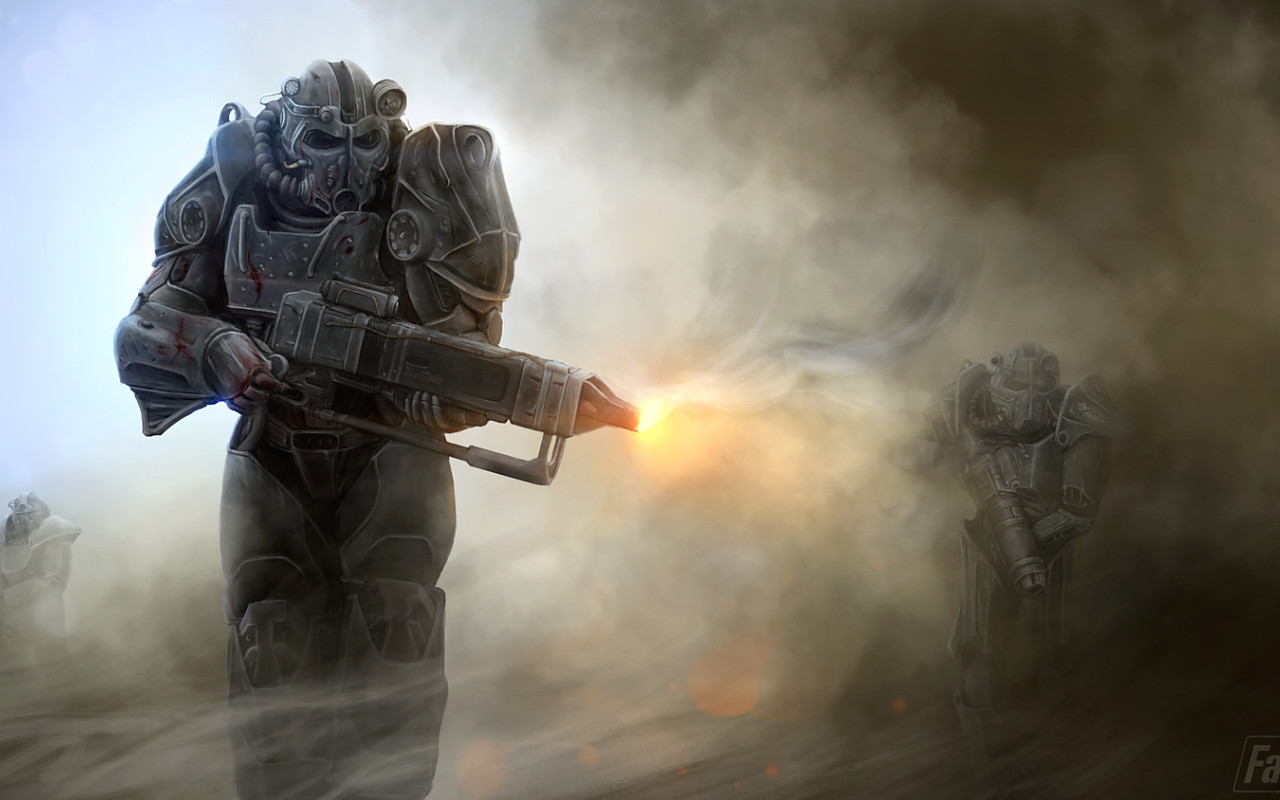


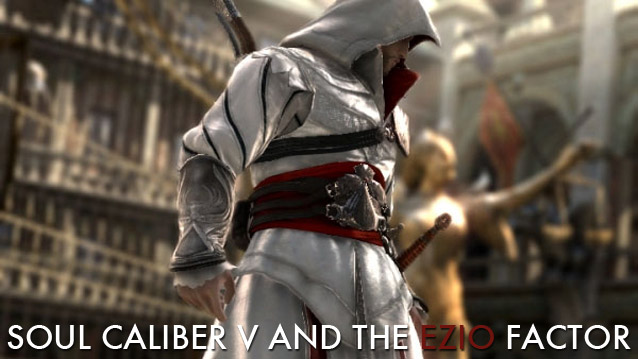
 5 Sites That Help You Understand The US Primary Elections
5 Sites That Help You Understand The US Primary Elections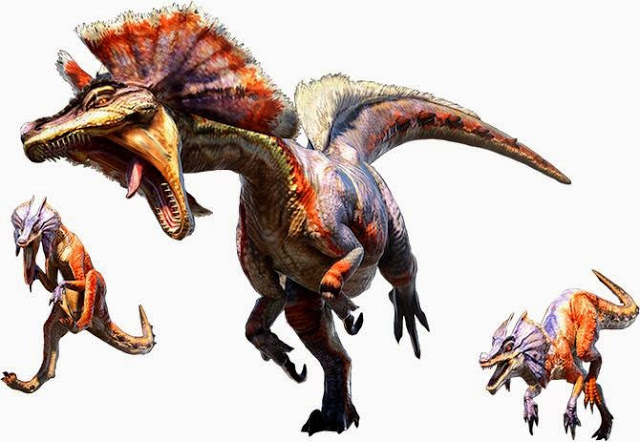 MH4U (3DS) Monster guide, tactics
MH4U (3DS) Monster guide, tactics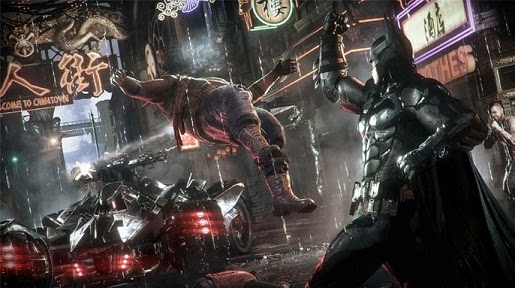 Batman Arkham Knight will contain strong scenes of violence and torture
Batman Arkham Knight will contain strong scenes of violence and torture Killzone: Shadow Fall Walkthrough
Killzone: Shadow Fall Walkthrough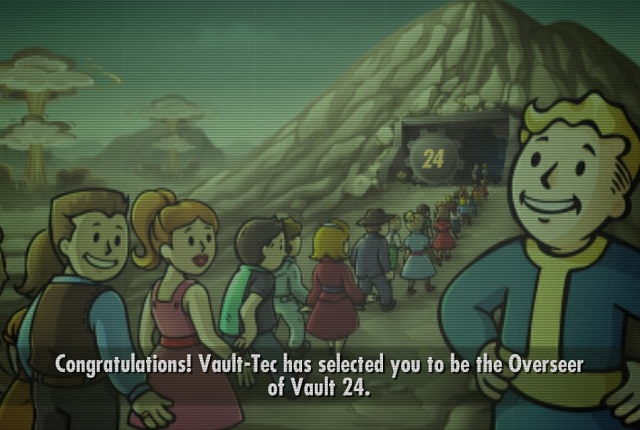 Does Fallout Shelter Live Up to the Fallout Name?
Does Fallout Shelter Live Up to the Fallout Name?